Please help,,,,,,I have Cape with a full shed dormer, front side of house has a 7 pitch and the dormer is like a 1 or 2 pitch.
The chimney is located on the 7 pitch side (Front) but was placed directly below the ridge so I have no room for a “cricketâ€.
The chimney leaks but the kicker is, sometimes it leaks, sometimes it does not leak. As far as I can determine it leaks somewhere from the back of the house.
I have enclosed some pictures and wonder it anyone has any suggestions, the lead flashing you see in “CHIMNEY 4†covers other flashing underneath.
Also, picture “CHIMNEY 2†is a picture of some cracks in the mortar work of the chimney, wondering if this could be the source of the water. Cracks are about as thick as a dime, maybe smaller.
Any idea’s welcome.
thanks
Hacker454
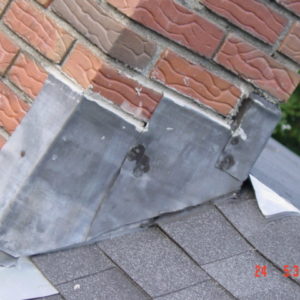
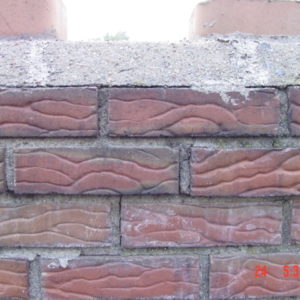
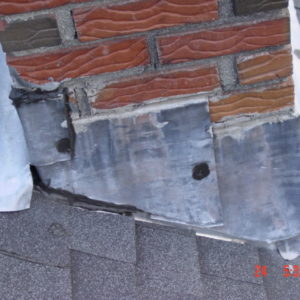
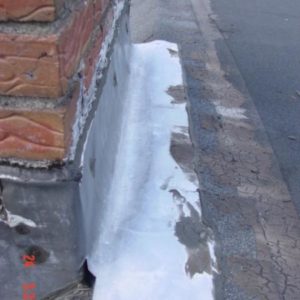


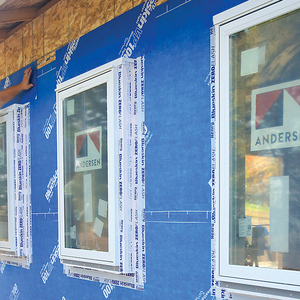

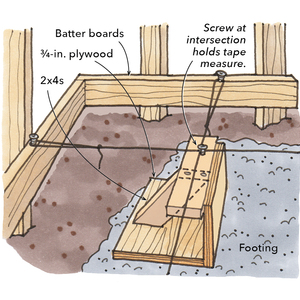














Replies
Where does the moisture or water appear? In areas the rain a lot, the water is caught in the smoke shelf and will be moist just above the opening. If there is no flashing at the roof line, it would show up at the ceiling line. Light or one day rain wont leak 'cause the brick absorbs the water. Heavy rain or raining more than 2 days in a row will leak for most chimneys.
See the cracks between the bricks, mortar and cap? The oldtimers use to soak the brick in water before using. Now brick layers don't soak them and so the dry bricks suck out the water too quickly in the mortar causing the cracks.
Wrap the brick in plastic just before the rain, don't cover the flashing, if it leaks - it maybe a flashing / roofing problem. If it does leak - its the rain soaking into the mortar and brick.
Two problems that I see from here.
One is that I am sure you are getting some water in through the horizontal mortar joints that have broken bond shown in verse two.
But that flashing is far from an acceptable job. I don't know why there are nails in it near the corners but that is a path for water.
The worst spot is the piece that flanges out behing over the ridege. In both verse one and four, I see a gap that a rat could climb through. It is a bit of a unique location but it is flashable. There just wasn't much effort given to making it a tight joint.
Also, in vs 3, at the bottom corner, the lead is turned to face uphill and scoop water in instead of diverting it away.
Is this an older chimney with a new flashing job? Did it leak before the new work? If so, that tells you that most of the problem is related to the flashing work.
It is also possible that it is the flat roof that is the source of some water getting in
Excellence is its own reward!
Also..............looks to me like in pic 3.........somebody got extra cheap with the flashing on this side of the chimney as it appears to be only a couple of inches under the shingle. Not near enough by my reckoning.
You may not want to hear this but, you should pay a QUALIFIED mason to rebuild the top of your chimbly,
Tell him you want a soldered pan counter-flashing.
this is where a lead pan with soldered seams is built into the brick couses at the roof line and extends into the "core" of the chimbly to the flue liner.
If a mason doesn't know or doesn't want to do this GET ONE WHO DOES!
All or most chimbly tops become permeable over time.
Proper construction and maintenance will minimize this but a chimbly top puts up with a lot of harsh conditions
A soldered pan addresses this as a stop-gap or last best line of defense against water.
Mr T
Do not try this at home!
I am an Experienced Professional!
I work on roofs of older homes every day-----many of them have chimneys with masonry in worse shape than yours-----which don't leak a drop.
for that reason I would not put much concern into the masonry at this time.
I would focus on the most likely problem first----the back pan.whoever flashed the chimney tried to make the backpan and counter flashing as one piece.this is preventing a tight fit at the base of the chimney in the upper left and upper right corners.( upper left corner especially bad)A better detail would be a 2 piece flashing ---a base flashing with a seperate counter flashing.The base flashing should extend at least 4 inches UP the chimney and 4 inches beyound the chimneys edge on both sides. When water drains from behind the chimney it will then fall clear of the joint at the corner.Make sure it is also not falling directly onto a joint between 2 shingles. the 4 inch ears extending beyound the corner of the chimney can have their upper corners bent down to form a little tent shaped roof over the corner intersection.
your existing back pan is cut to wrap around the side of the chimney. this is leaving a huge hole for water to enter.My bet is that during heavy rain with wind blowing from the front of the chimney---all the water draining from behind the chimney is blown into those 2 corners.
BTW-----If those ridge caps are running behind the chimney they are probably helping to interfere with a tight back pan fit.
It's a shame you are having a leak with this chimney because its location makes it very easy to keep in the dry.
Edited 8/14/2003 7:33:31 AM ET by SHAZLETT
Steve.
Take another look at #2. You can see staining from effloressence, indicating that water has gotten into the masonry and some is percing back out again.
I agree that the worst problem is the back flashing as you describe, but there is littel sense in repairing that to stop 90% of the water and delaying thae other repairs for a few years until more expensive work is needed.
I'm still waiting for more info from owner but my inclination is to recommend retopping chimney from roofline up with new masonry and flashings. There's buggers in the pudding here..
Excellence is its own reward!
Piffen,
the efflourescence may well indicate that the masonry does soak up some water--------but I bet you a dozen donuts that the water showing up IN the house comes from the back pan.
also----just for laughs---I would like to know where the furnace vents.that Efflourescence may have NOTHING to do with rain and everything to do with an improperly vented gas furnace.
probably and maybe.
Excellence is its own reward!
Thanks for all the advice. Bottom line, am I calling a mason or a roof'er? or both :(
Heck, throw a barbeque and invite the roofer, the mason, and a sheet metal man for good measure.
LOL
most roofers that have been in business for more than a few years can handle this problem..
Excellence is its own reward!
Hacker I would agree with most of the others your problem lies in the poor flashing job done ont the rear low slope roof.Counterflashing is to conter the flashing that is already apllied and sealed